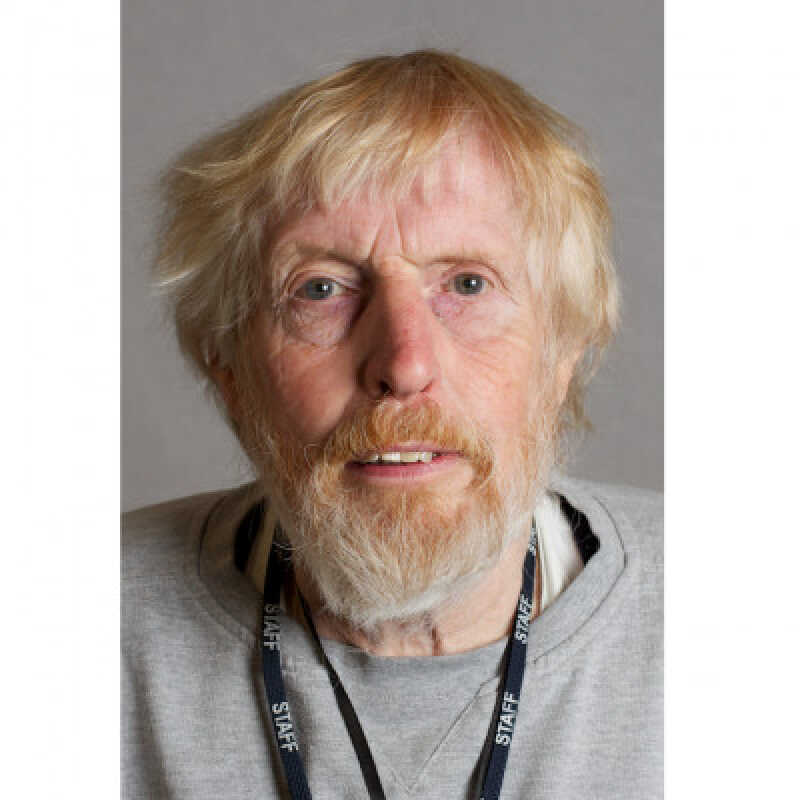- University of Kent
- Chemistry and Forensic Science at Kent
- People
- Professor Alan Chadwick
Professor Alan Chadwick


I was born in Manchester to a family that had supported Newton Heath Loco from the time of its inception. I went to Gorton Mount Primary School and passed the 11 plus to go to Burnage Grammar School for Boys. I then studied chemistry at Manchester University for both BSc and PhD degrees. I finished the PhD in 1966, the year England won the World Cup, the height of Beatles mania and Swinging London. I missed the latter as I was in Ottawa, Canada at the National Research Council of Canada as a post-doctoral fellow. However, I did see Expo in Montreal and saw Charles de Gaulle at the now infamous ‘Quebec Libre’ visit. I was also given the chance to see a lot of Canada and the northern USA. After Canada I had another two year as a post-doctoral fellow at Strathclyde University in Glasgow. This was a dramatic change and I really enjoyed Glasgow, the place the people and the research. In 1970 I came to Kent as a lecturer in chemistry for what I expected to be a ‘few years’. The fact that I am still here is evidence for my lasting respect and affection for place and the people.
My research career has centred on solid state chemistry, beginning when this was a very niche area of chemistry through to the current popularity of materials chemistry. I have worked on a very wide range of topics, namely defects and diffusion solids, including ionic, molecular and polymeric materials, electrical transport in polar solids, solid electrolytes, (superionic or fast-ion conductors) and nanocrystalline materials. The techniques I have employed have been very wide and have included structural methods, including X-ray absorption fine-structure (XAS) spectroscopy and NMR, computer modelling of solids and chemical sensor development. My current research is now centred on two areas; energy materials and archaeology. In 2004 I was a founder member of the on-going Alistore EU project to improve lithium-ion batteries. I led the platform using synchrotron radiation in characterising materials. This has now widened to energy materials (materials for batteries, fuel cells, photovoltaics, etc.) and I coordinate a consortium at the Diamond Light Source studying these systems. Also in 2004 I began collaboration with the Mary Rose Trust with the aim of using XAS to study the conservation problems in the ship. This research continues with a focus on the ‘sulfur problem’, the attack on the timbers by sulfuric acid formed by the oxidation of sulfur compounds in the wood.
Loading publications...
Showing of total publications in the Kent Academic Repository. View all publications